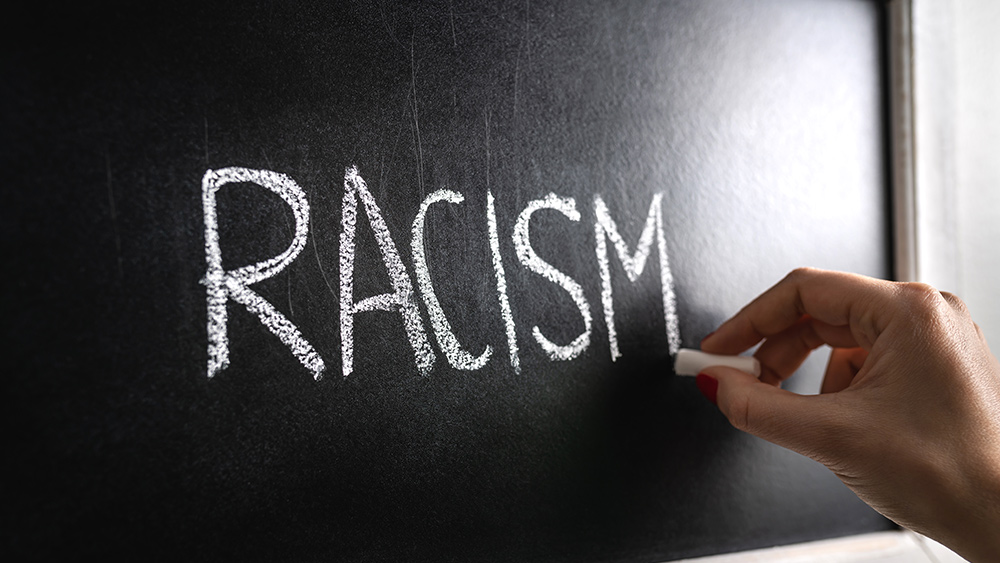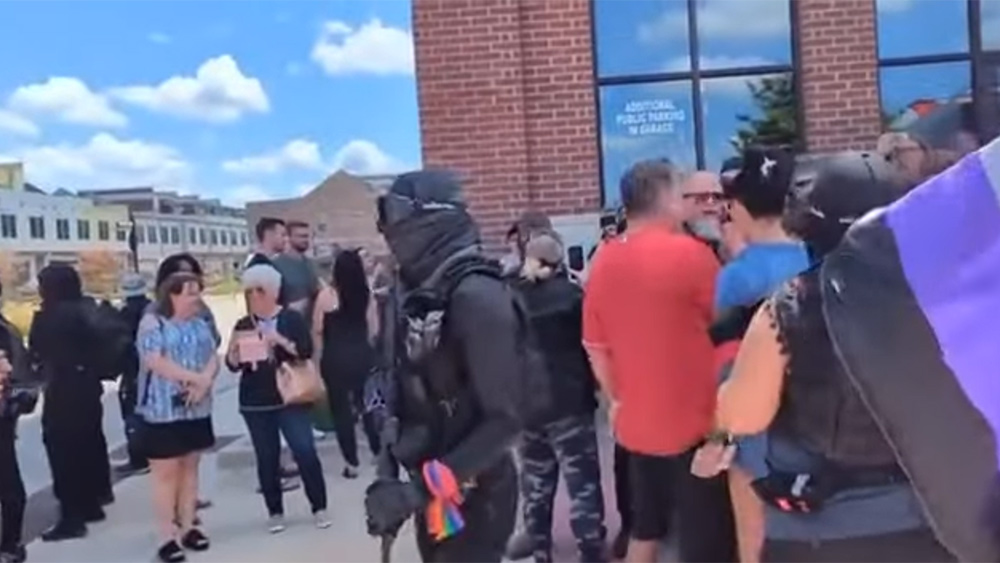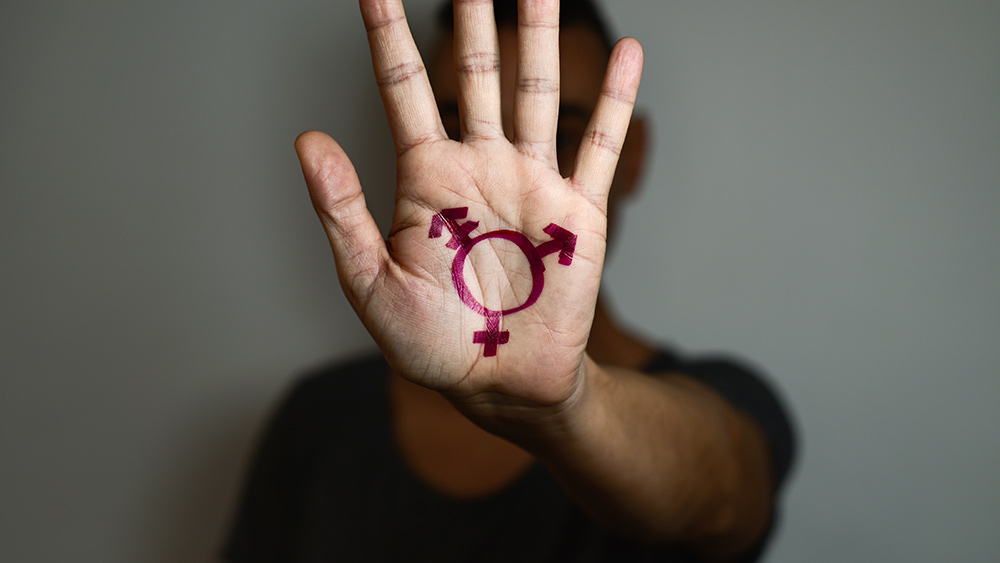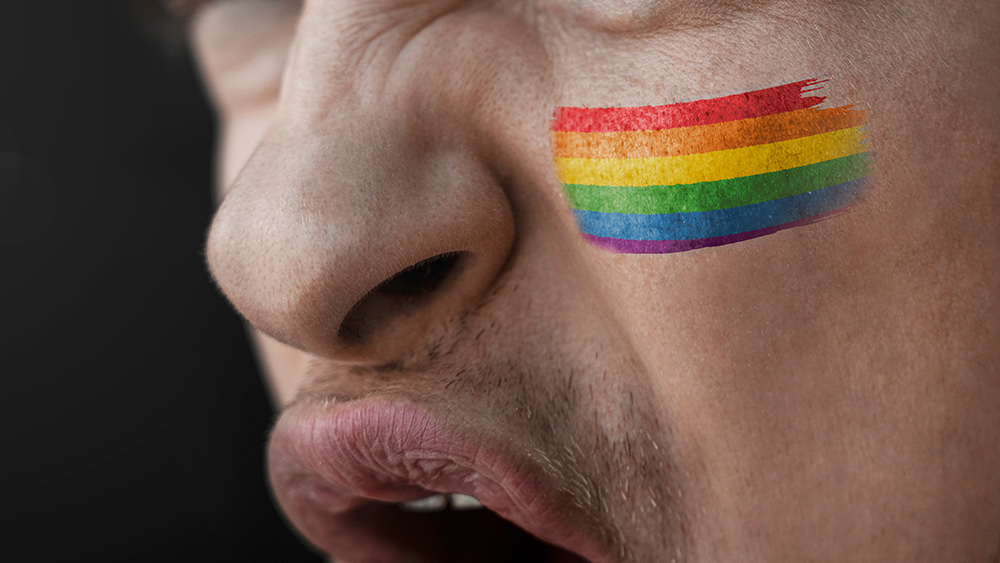Critical race theory: a ruling-class ideology
12/28/2020 / By News Editors
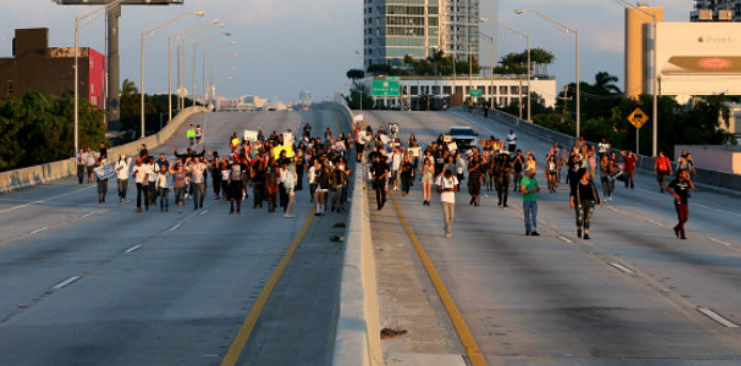
It is embraced by today’s political and cultural elites because it serves their interests.
(Article by Joanna Williams republished from Spiked-Online.com)
2020 has been shaped by two things. Coronavirus – and our response to it – has dominated every aspect of our lives. But something else has gripped us this year, too: anti-racism. In May, shocked by the killing of George Floyd at the hands of a Minneapolis police officer, people all around the world emerged from lockdown to participate in Black Lives Matter (BLM) protests. In the UK, statues fell, public figures knelt in solidarity and many people blacked out their social-media posts for a day. Schools, universities and workplaces stepped up diversity training and anti-racist initiatives.
There have been protests against racism in the past, of course. But this year has been different. Never before have people on every continent, in countries and towns facing their own unique problems, turned out in such huge numbers to support the same cause. Never before have books like White Fragility, Why I’m No Longer Talking To White People About Race and How To Be An Antiracist become international bestsellers. And never before has a protest movement had such establishment backing. In the UK, BLM has been publicly endorsed by the royal family, the football Premier League, and senior politicians. Multinational corporations have got in on the act, too. Ice-cream maker Ben and Jerry’s has pledged to do all it can to dismantle white supremacy, while elite universities have issued statements denouncing their own institutional racism.
The mainstreaming and elite-backing of anti-racism initiatives speaks to a new understanding of racism. Critical race theory (CRT) used to be a minority pursuit, an obscure academic interest. In 2020 it provided the rationale for protests, books, diversity workshops and school lessons. In June, Channel 4 screened The School That Tried to End Racism, a documentary series that followed the progress of children made to undergo an anti-racist re-education programme based upon principles of CRT. New phrases entered our vocabulary. Terms like systemic racism, unconscious bias, white privilege, cultural appropriation, reparations, microaggression and intersectionality migrated from academics and activists to newspapers, radio discussions, charity campaigns and school lessons. President Trump and Kemi Badenoch, the UK’s minister for equalities, made speeches explicitly naming CRT and calling out its perniciousness.
What is Critical Race Theory?
CRT begins with a challenge to the ‘scientific’ racism of the 19th and early 20th century. In the days of empire, colonial exploitation and slavery were justified by a belief that white people were physically, mentally and morally superior to the people they ruled over. This view extended to the working class at home, who were portrayed as genetically distinct from and inferior to the upper class. This biological understanding of race began to be called into question after the Second World War, although its legacy continued to play out in Apartheid-era South Africa, Jim Crow laws in the American South and discrimination in the UK.
Critical race theorists are not the first to point out that race is socially constructed; that is, it is not a naturally occurring phenomenon but created and made meaningful by people collectively, over time and place. Few today disagree with this point. But whereas a previous generation of anti-racists challenged the social significance attributed to biological differences to argue that there was one race, the human race, and emphasised universal traits that create a common humanity irrespective of skin colour, critical race theorists argue that, once constructed, race becomes an incontestable fact. As Robin Di Angelo explains in White Fragility: ‘While there is no biological race as we understand it, race as a social construct has profound significance and shapes every aspect of our lives.’ (1)
When race is seen in this way, racism is understood as systemic; that is, built into the very fabric of societies designed by white people, for the benefit of white people. Proponents of CRT argue that ideas of white superiority and black inferiority are intrinsic to our language, culture and interpretations of history. Every aspect of our daily lives, from education, policing, the health service and employment assumes a white norm, they argue, and this makes a mockery of equality before the law and the liberal notion of equality of opportunity. As Reni Eddo-Lodge explains in Why I’m No Longer Talking to White People About Race: ‘If you’re white, your race will almost certainly positively impact your life’s trajectory in some way. And you probably won’t even notice it.’ In an inescapably circular argument, race is constructed and made meaningful through racism; it is people’s everyday experiences within a racist society that create the reality of race.
The Origins of Critical Race Theory
CRT is newly fashionable and highly influential, but it has a long and complex history. Its origins can be traced back to a divide within the US civil-rights movement. Free speech, democracy and legal equality were initially considered integral to the fight for civil rights, but by the end of the 1960s, with progress appearing to have stalled and both racism and poverty still major problems, groups within the movement began to question the efficacy of these principles. Many arrived at the conclusion that legal equality not only left social inequality intact but actually provided the context and justification for its continuation. As the authors of Words That Wound, a key CRT text published in 1993, point out:
‘It became apparent to many who were active in the civil-rights movement that dominant conceptions of race, racism, and equality were increasingly incapable of providing any meaningful quantum of racial justice.’
Having come up against the limits of formal, legal equality, the question facing the civil-rights movement at this point was how best to achieve social equality. As Helen Pluckrose and James A Lindsay point out in Cynical Theories, more materialist activists focused on housing, schooling, employment and income. For some, this led to championing black nationalism and segregation over universal human rights. At the same time, some began to find a home within academia where, to quote Words that wound:
‘individual law teachers and students committed to racial justice began to meet, to talk, to write, and to engage in political action in an effort to confront and oppose dominant societal and institutional forces that maintained the structures of racism while professing the goal of dismantling racial discrimination.’
These academic activists argued that ‘majoritarian self-interest’ was ‘a critical factor in the ebb and flow of civil-rights doctrine’; in other words, a white-majority society would be unlikely to cede its power voluntarily (1). A key text to come out of this period was by Derrick Bell, Harvard’s first African American professor. In Race, Racism and American Law, published in 1970, Bell argued that white people only concede rights when it is in their interests to do so. By 1987, his views had crystalised further and he was able to explain that, ‘progress in American race relations is largely a mirage obscuring the fact that whites continue, consciously or unconsciously, to do all in their power to ensure their dominion and maintain their control’.
Black scholars found common cause with professors engaged in critical legal studies who sought to formulate a radical left-wing critique of dominant liberal approaches to the law. Together, they drew from ‘liberalism, Marxism, the law-and-society movement, critical legal studies, feminism, poststructuralism/postmodernism, and neopragmatism’. A key aim was to examine ‘the relationships between naming and reality, knowledge and power’ (2). This marked a splintering from the materialists and a distinct turn towards subjectivity. It led to racism being understood not just as legal and economic inequalities, but as social, cultural and psychological practices. At this point, as Matsuda et al tell us, ‘Scholars of colour within the left began to ask their white colleagues to examine their own racism and to develop oppositional critiques not just to dominant conceptions of race and racism but to the treatment of race within the left as well’. Their conclusions presented racism, ‘not as isolated instances of conscious bigoted decision-making or prejudiced practice, but as larger, systemic, structural, and cultural, as deeply psychologically and socially ingrained’ (3).
In 1981, Kimberlé Crenshaw, then a student of Derrick Bell’s, led a protest against Harvard Law School when it refused to hire a black professor to teach Race, Racism and American Law following Bell’s departure. Crenshaw, along with others, invited leading academics and practitioners of colour to lecture on a course aimed at ‘developing a full account of the legal construction of race and racism’. Bringing people together in this joint intellectual project crystalised the ideas underpinning critical race theory. By the end of the 1980s, Crenshaw’s work led her to devise a framework she labelled ‘intersectionality’ to describe how multiple features of a person’s identity can combine to create different modes of discrimination and privilege. Her 1991 essay, Mapping the Margins: Intersectionality, Identity Politics and Violence Against Women of Colour, has been especially influential.
Pluckrose and Lindsay point out that the concerns of materialists dominated the critical race movement from the 1970s to the 1980s. However, by the 1990s, a more identity-focused and postmodern understanding of CRT, driven primarily by radical black feminists such as Crenshaw, Audre Lorde, bell hooks, Patricia Hill Collins and Angela Harris, was becoming increasingly popular. Today, CRT is mainstream and terms like ‘structural racism’ now refer to structures of thought far more than any structural, material analysis of society. Activists have taken the subjective, identitarian and psychological understanding of racism developed within universities and transformed it into a list of commandments all must obey.
Read more at: Spiked-Online.com
Submit a correction >>
Tagged Under:
CRT, ideology, intolerance, left cult, Liberal Mob, Libtards, mind games, origins, race, race wars, racism, ruling class, stupid, theory
This article may contain statements that reflect the opinion of the author
RECENT NEWS & ARTICLES
COPYRIGHT © 2018 SOCIALJUSTICE.NEWS
All content posted on this site is protected under Free Speech. SocialJustice.news is not responsible for content written by contributing authors. The information on this site is provided for educational and entertainment purposes only. It is not intended as a substitute for professional advice of any kind. SocialJustice.news assumes no responsibility for the use or misuse of this material. All trademarks, registered trademarks and service marks mentioned on this site are the property of their respective owners.



